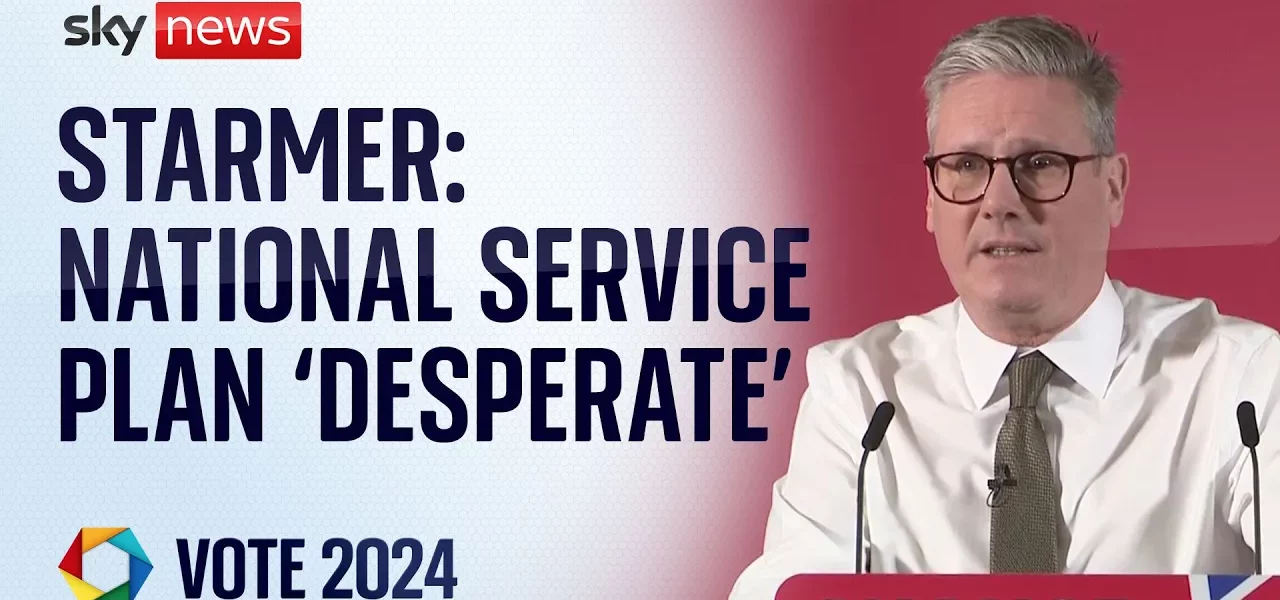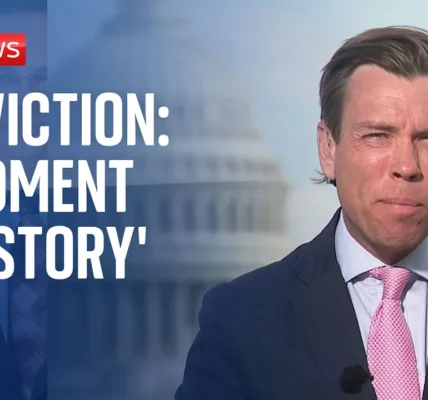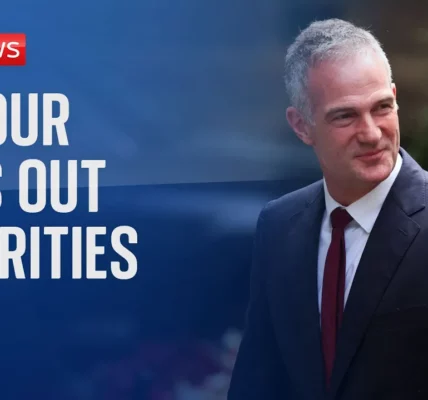Keir Starmer’s Vision: A Speech on Service, Stability, and Voter Connection

In a pivotal speech addressing the Labor Party’s direction and strategy, Keir Starmer emphasized the importance of serving the interests of working people, while also sharing insights from his personal journey. This article delves into the various themes of his address, including political priorities, voter engagement, and the implications for the upcoming election.
Introduction
Keir Starmer’s recent speech highlighted critical elements that define his leadership and vision for the Labor Party. He posed a question that resonates with many voters: “Whose side are you on?” This rhetorical question served as a cornerstone for his argument that the Labor Party aims to prioritize the needs of working-class citizens over political self-interest. The speech was marked by a personal touch, as Starmer reflected on his background and the experiences that shaped his political aspirations. This article will explore the key themes presented in Starmer’s address, including his call for service over self-interest, his responses to pressing policy questions, and his approach to rebuilding trust with disillusioned voters.
Thematic Elements of Starmer’s Speech
Throughout the speech, Starmer conveyed two primary themes: the need for service and stability in governance, and the importance of personal connection with voters. Let’s delve deeper into these themes.
Service vs. Self-Interest
Starmer firmly positioned the Labor Party as a champion of public service. He asserted, “The only answer is delivering on the aspirations of working people.” This commitment to service is framed against what he perceives as the self-interest of the Conservative Party. Key points include:
- Rebuilding trust with the electorate through transparent policies.
- Focusing on community needs and aspirations rather than party politics.
- Addressing the cost of living crisis and economic stability as top priorities.
Stability vs. Chaos
Starmer warned that the upcoming election presents a choice between stability and chaos. He emphasized that the Labor Party has undergone significant changes to serve the public better. His remarks suggest:
- A commitment to economic stability through responsible governance.
- A focus on maintaining safe borders as a fundamental duty of government.
- A rejection of chaotic political tactics that prioritize short-term gains over long-term solutions.
Personal Connection with Voters
A crucial aspect of Starmer’s speech was his effort to connect with voters on a personal level. By sharing his background, he aimed to dispel perceptions of elitism often associated with politicians.
Sharing His Journey
Starmer spoke candidly about his working-class roots and the impact of his upbringing on his political philosophy. This personal narrative included:
- His family’s struggles, including financial challenges, which resonated with many voters facing similar issues.
- A commitment to public education, evidenced by his choice to send his children to state schools.
- A recognition of the pressures faced by families in a changing economic landscape.
Addressing Voter Disillusionment
Starmer acknowledged that many voters feel disillusioned with politics and politicians. His strategy involves:
- Rebuilding trust through transparency and accountability.
- Engaging directly with constituents to understand their needs and concerns.
- Positioning himself as a relatable figure who understands everyday challenges.
Policy Focus: Key Issues Addressed
During the speech, Starmer addressed several critical policy issues that reflect the Labor Party’s priorities heading into the election. Important topics included:
National Service
Starmer responded to questions about national service, describing the Conservative plan as “desperate” and ill-conceived. He emphasized the need for:
- Well-thought-out policies that prioritize citizens’ needs.
- Investment in essential services rather than untested ideas.
- A focus on national security without compromising social welfare programs.
Education Funding
One of the standout proposals was the plan to charge VAT on private school fees to fund 65,000 additional teachers in state schools. Starmer’s stance included:
- A commitment to improving public education as a fundamental right.
- A recognition of the hard work of parents and the challenges they face.
- A clear message about leadership and prioritizing the needs of all students.
Conclusion
Keir Starmer’s speech encapsulated a vision for the Labor Party that prioritizes service, stability, and personal connection with voters. By sharing his journey and addressing critical issues, he aims to rebuild trust and inspire confidence in his leadership. As the election approaches, the challenge will be to translate this vision into tangible support among the electorate. To stay updated on the latest developments in UK politics and the Labor Party’s strategies, be sure to follow our coverage and join the conversation.
“`




